|
One of the first signs of spring is the bloom of the redbud trees. The Eastern Redbud (Cercis canadensis) is native to much of the eastern United States and Canada. It hides inconspicuously in the edges of wooded areas, along roadsides or backyards, for much of the year and then gives a spectacular show of color in March when temperatures first start to warm after a long winter. The floral buds are a reddish purple, but open to lighter shades of pink. Floral color lasts for a few weeks. The Eastern Redbud (Cercis canadensis) in summer form and in spring bloom
occasionally do some light feeding. The leaves are very thin, so when planted in too much sun, they are susceptible to browning around the edges.
in breeding and introducing new cultivars of redbuds and boasts an impressive collection of those releases. These include cultivars such as ‘Flame Thrower’, ‘Ruby Falls’, ‘Merlot’, and ‘Hearts of Gold’.
Matthew Stevens is the County Extension Director and Horticulture Agent for North Carolina Cooperative Extension’s Pitt County Center. If you have questions about this article or gardening in general, please contact the Pitt County Extension Master Gardener Infoline at 252-902-1705.
0 Comments
Flowers in the landscape are usually a welcome sight, particularly at the beginning of spring. However, when those flowers pop up in unusual places, it can become cause for concern or confusion. After all, the definition of a weed is simply a plant growing out of place. With that in mind, I wanted to talk today about a common winter weed that is just starting to bloom.
seeds are often carried by water, it is common to see patches of henbit in low areas in the lawn, or near ditches.
If you’re the type that is not willing to tolerate weeds in the lawn regardless of circumstance, then herbicides are an option, although now is not the ideal time to treat henbit with herbicides. Winter annual weeds such as henbit are best controlled by using a pre-emergence herbicide in the fall, similar to the way we treat for crabgrass in the spring. This is actually the best defense against these types of weeds, since it is much harder to kill them by the time they are flowering. Unfortunately, many people don’t think about the weed until it starts to flower, and by then pre-emergence herbicides will do no good. Make a note on your calendar in September to apply a pre-emergence herbicide for henbit and other winter annual weeds.
Chickweed, stellaria media The best defense against these weeds returning to your lawn each year is to grow a healthy stand of grass. While that sounds simple enough, growing healthy grass involves a number of different management practices, including proper watering, mowing, fertilization, and early detection and control of insect, disease, and weed problems. A healthy lawn will out-compete the majority of weed species.
Matthew Stevens is the County Extension Director and Horticulture Agent for North Carolina Cooperative Extension’s Pitt County Center. If you have questions about this article or gardening in general, please contact the Pitt County Extension Master Gardener Infoline at 252-902-1705. Photos: https://plants.ces.ncsu.edu I am a big proponent of plants that have interest in more than one season. By that, I mean they look good beyond just the period of their bloom. A plant that has nice flowers in the spring, colorful foliage or berries during fall, and an attractive shape year-round often brings more value to a landscape than a plant that blooms for two weeks or so and then disappears. Despite this, there are some plants that make such an impact when they bloom that they will always have a fit in landscapes, whether they bring anything else to the table or not. One shrub that fits this description is forsythia.
other deciduous trees and shrubs in the fall. They are somewhat gangly, their leaves are bland, they don’t have colorful berries, and their bark is unimpressive, so forsythia’s ornamental value is for all intents and purposes limited to about two weeks of the year. However, it makes a substantial impact during that time, particularly because it does so when little else is providing landscape color. Plants like forsythia that have such a short window of ornamental value can be tough to incorporate in the landscape. Forsythias seem to fit best in mixed borders – areas where they are in close proximity to other plants. In those situations, forsythia can shine when it’s in bloom, but remain somewhat hidden by other shrubs during the remainder of the year. It also does well en masse, when several forsythias are grown together, or on slopes or banks where its arching shape works well with the contour of the land. It is not generally appropriate for use in foundation plantings, however. Because of its loose nature, it will either look messy in foundations if unpruned or its bloom will be negatively impacted if pruned enough to be kept inbounds. Forsythias can grow to 8-10 feet high and wide and needs to be given that much space to grow.
be scorched or discolored during the heat of summer or during dry periods, but the leaves of this variety do increase the usual period of interest significantly. Because of their early bloom, forsythias are an indicator of the coming spring, and all that comes with it. Gardeners who battle with crabgrass in their yard often use the bloom of forsythia as a reminder to apply preemergent herbicide to prevent crabgrass, as germination of crabgrass seeds typically starts shortly after forsythias bloom. Matthew Stevens is the County Extension Director and horticulture agent for North Carolina Cooperative Extension’s Pitt County Center. If you have any questions about this article or other aspects of your home gardening, please contact the Pitt County Master Gardener Infoline at 252-902-1705.
Photos and information found at NC Extension Gardener Plant Toolbox: https://plants.ces.ncsu.edu/plants/forsythia-x-intermedia/common-name/border-forsythia/ Last week I wrote about Edgeworthia, a shrub with fragrant blooms in the winter. Although winter-blooming plants are rare, Edgeworthia is far from the only one. In fact, this week we’ll look at Daphne odora, commonly known as Fragrant or Winter daphne, another shrub that blooms in the winter and packs a powerful and pleasant fragrance, as its common names suggest. While daphne is one of my favorite plants, I should start by saying it can be a difficult plant to grow. If you’re new to gardening, daphne might not be the plant for you. If you’re a gardening expert it is probably a plant you’ve already killed once or twice before either finally getting it right or giving up. It is temperamental and perhaps a good way to test the level of your gardening skill, but also well worth the effort.
spread, though it is rare to see one that large. Most I’ve encountered have been in the range of 2-3 feet high and wide, or smaller. The foliage is glossy and lustrous green on most plants.
There are several cultivars occasionally found in nurseries that have characteristics slightly different from the species. These include ‘Aureomarginata’, ‘Maejima’, and ‘Shinano Nishiki,’ each of which offers variegated foliage and slightly different shades of pink blooms. ‘Carol Mackie’ is a popular cultivar of a different species of daphne that is no less difficult to grow, yet similarly beautiful. It has white leaf variegation and pale pink flowers that have the expected fragrance. Matthew Stevens is the County Extension Director and horticulture agent for North Carolina Cooperative Extension’s Pitt County Center. If you have any questions about this article or other aspects of your home gardening, please contact the Pitt County Master Gardener Infoline at 252-902-1705.
Photos and information found at NC Extension Gardener Plant Toolbox: https://plants.ces.ncsu.edu/plants/daphne-odora/ |
Matt Stevens
Pitt County Extension Director & Horticulture Agent Archives
July 2024
Categories |
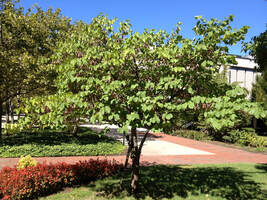
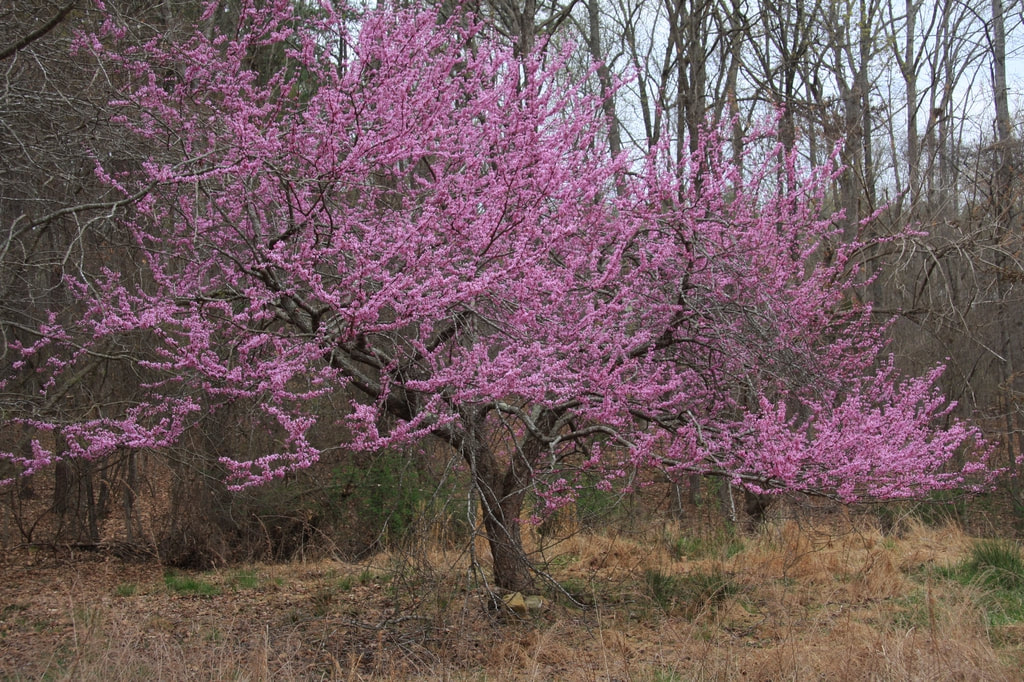
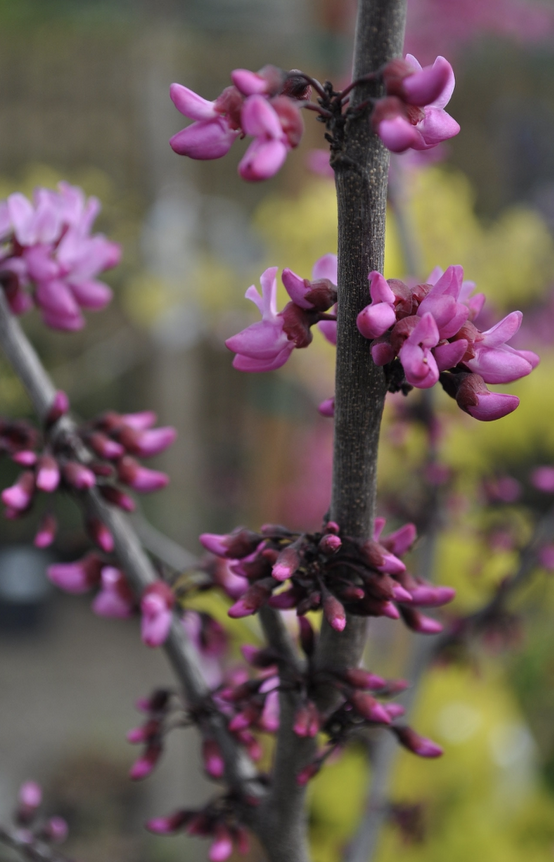
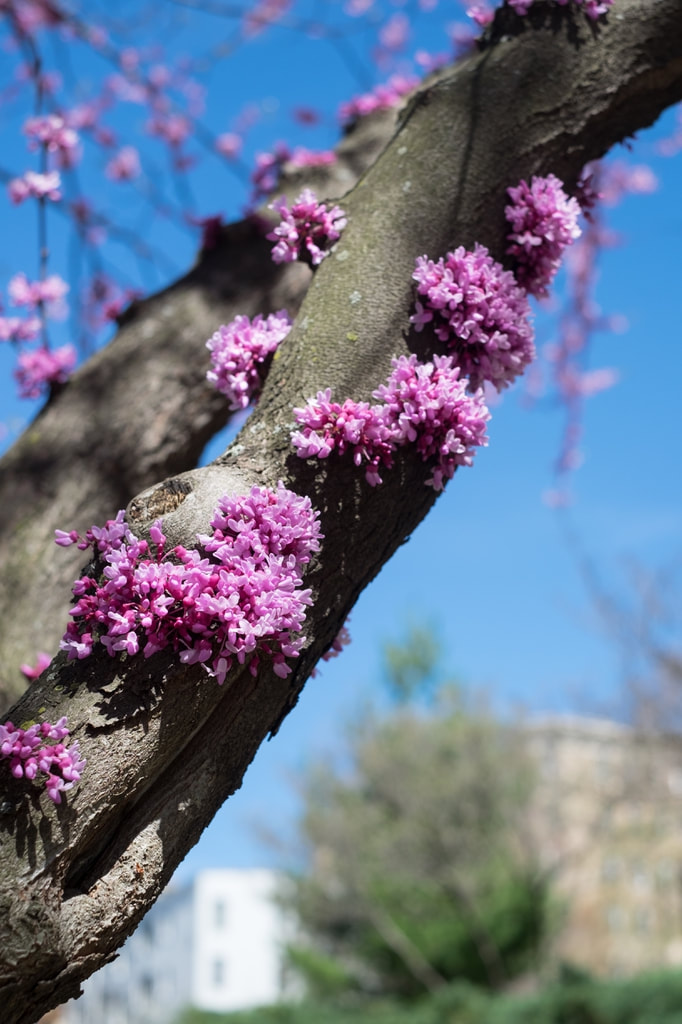
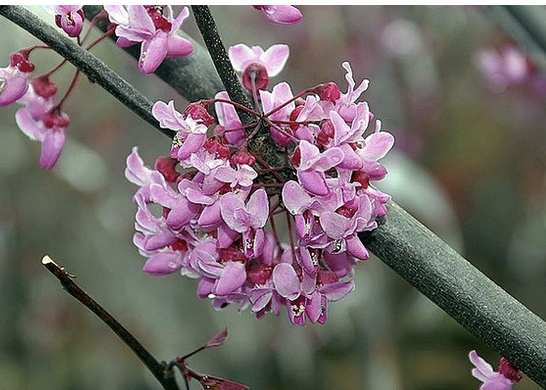
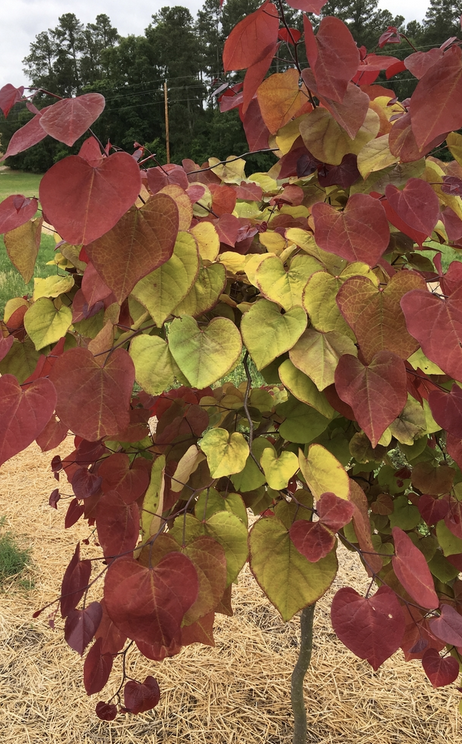
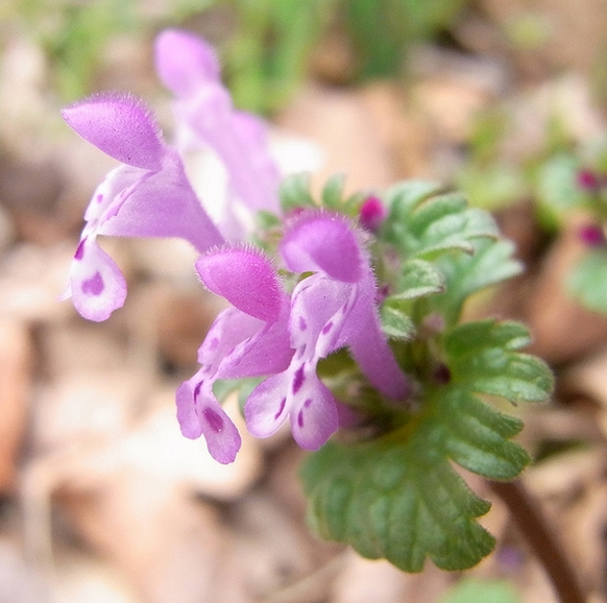
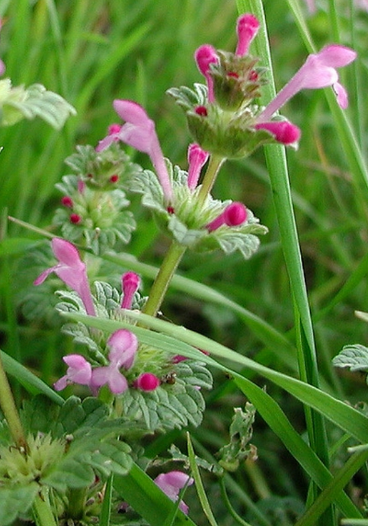
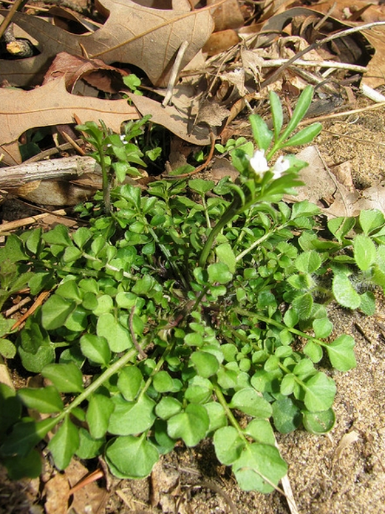
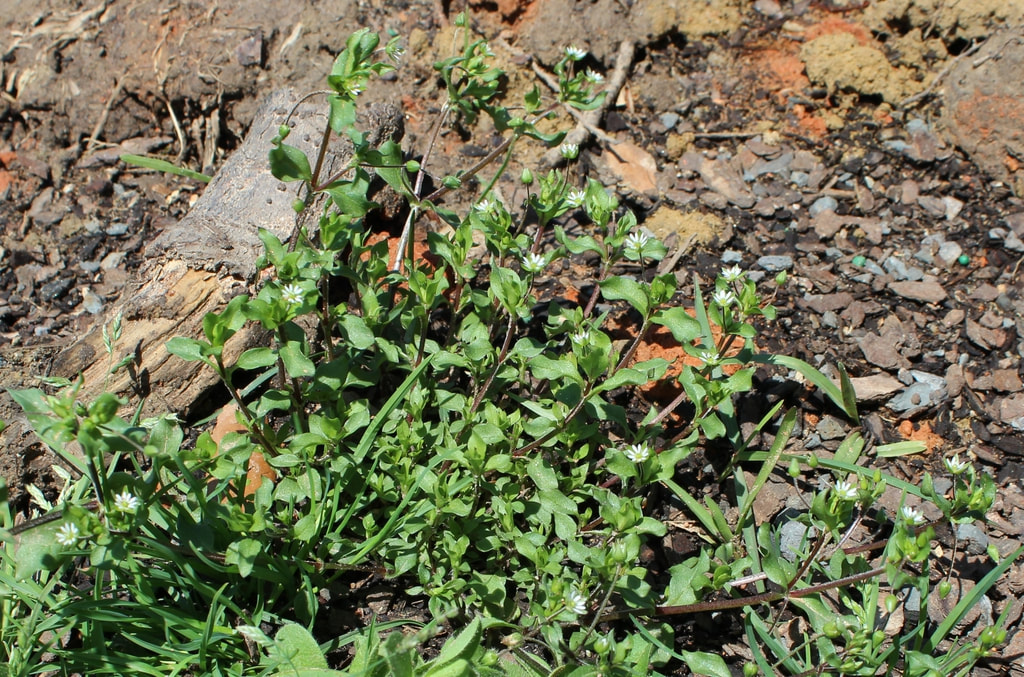
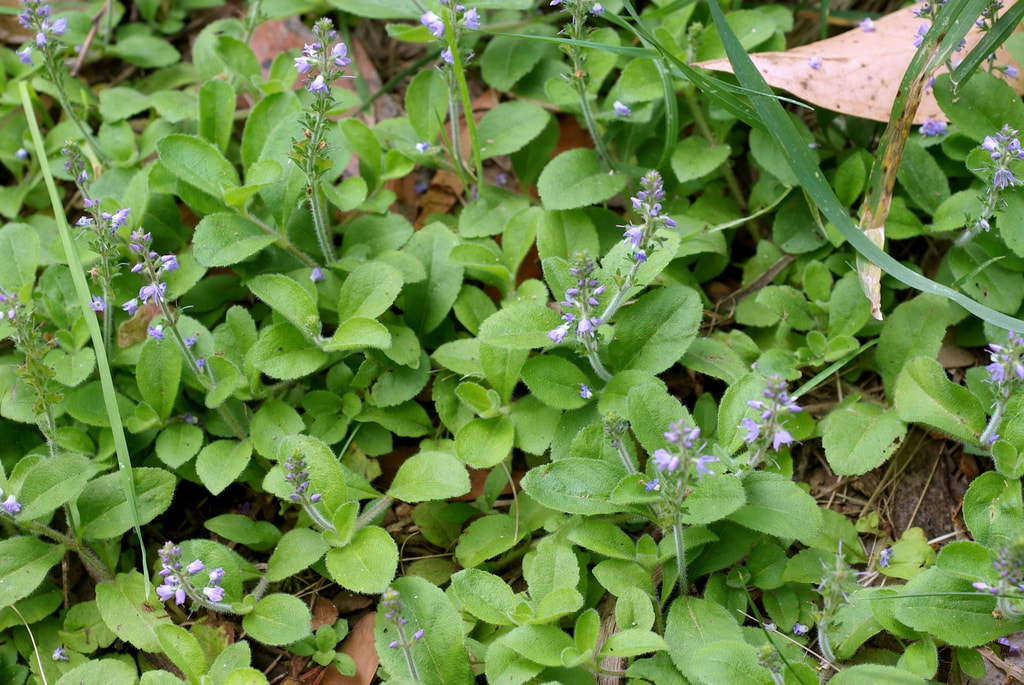
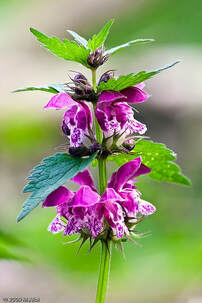
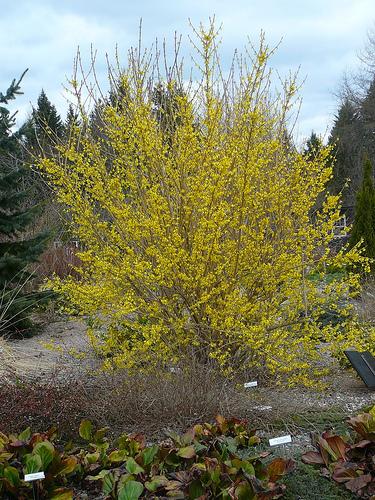
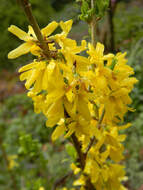
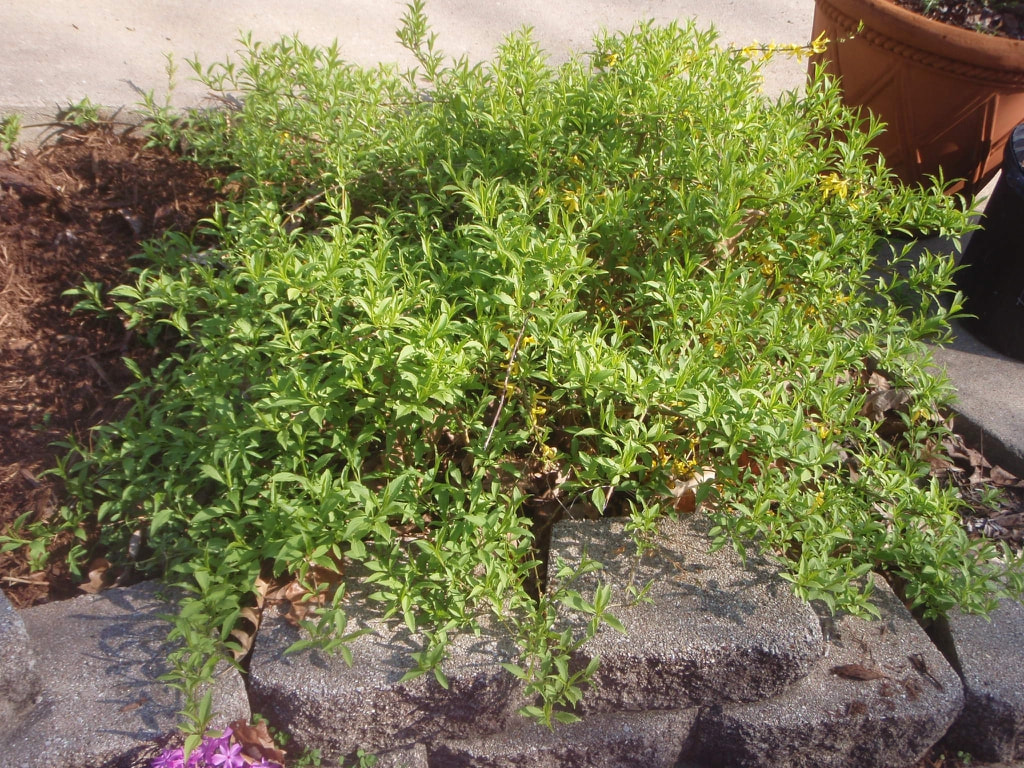
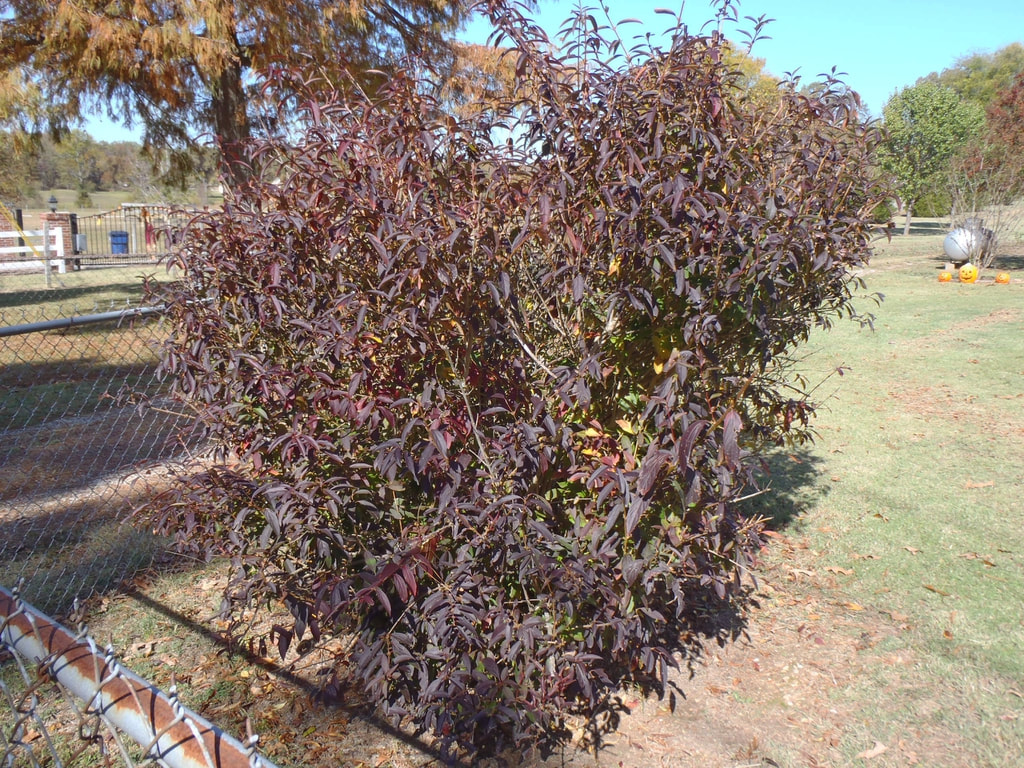
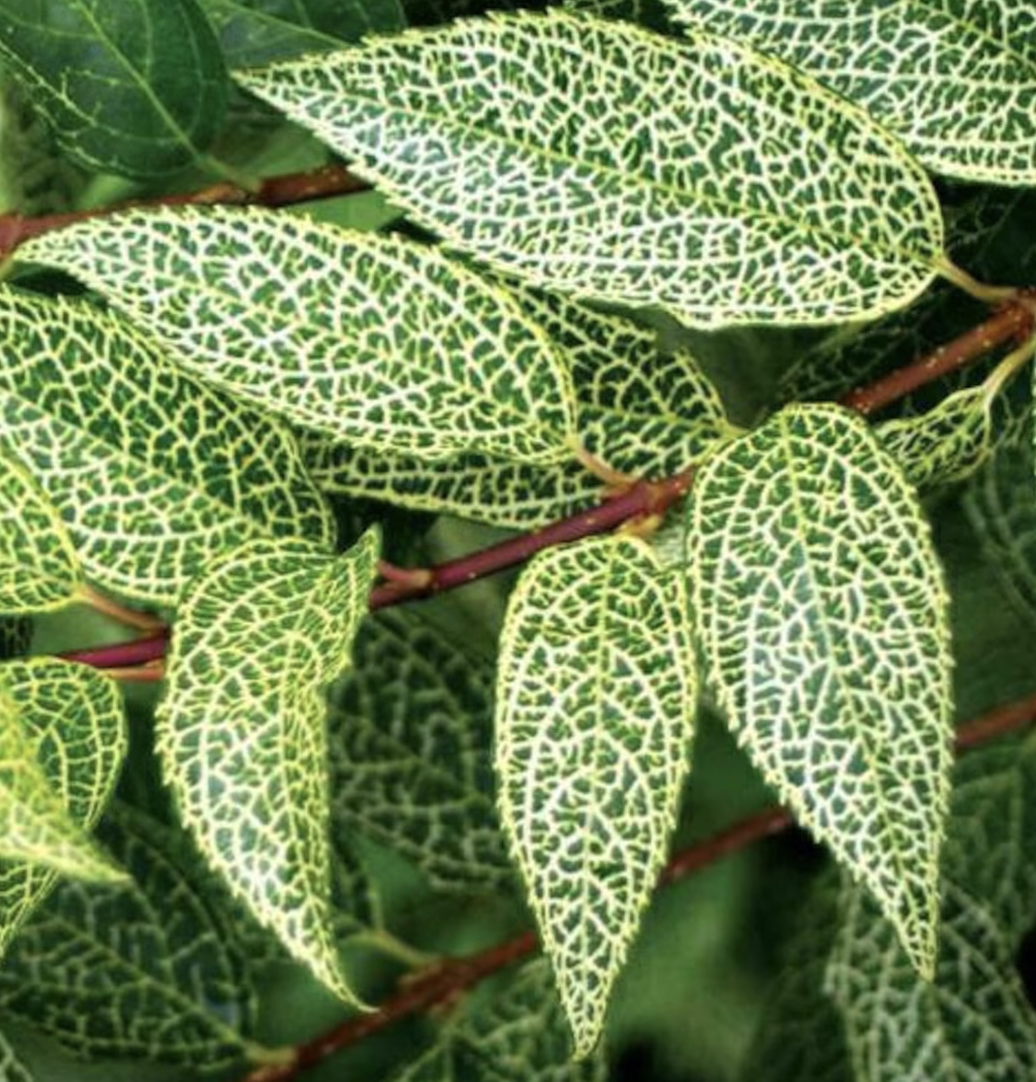
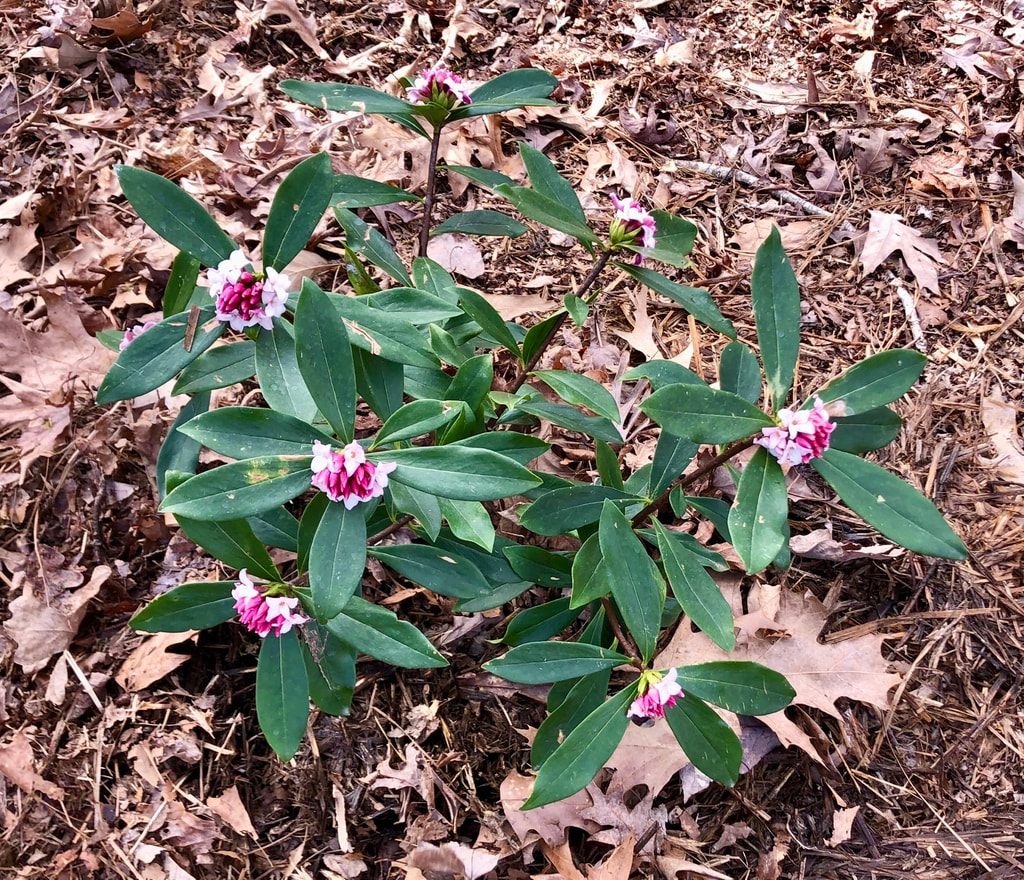
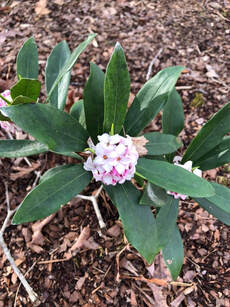
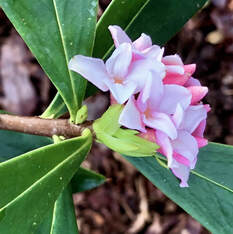
 RSS Feed
RSS Feed